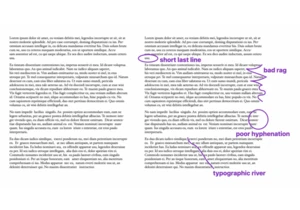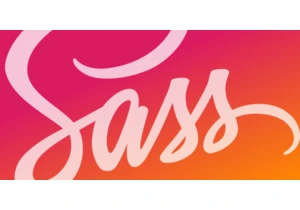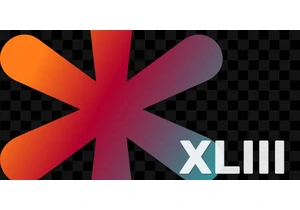State machines are typically expressed on the web in JavaScript and often through the popular XState library. But the concept of a state machine is adaptable to just about any language, including, amazingly, HTML and CSS. In this article, we’re going to do exactly that. I recently built a website that included a “no client JavaScript” constraint and I needed one particular unique interactive feature. The key to all this is using and elements to hold a … Read article “A Complete State Machine Made With HTML Checkboxes and CSS”
The post A Complete State Machine Made With HTML Checkboxes and CSS appeared first on CSS-Tricks. You can support CSS-Tricks by being an MVP Supporter.
https://css-tricks.com/a-complete-state-machine-made-with-html-checkboxes-and-css/
Autentifică-te pentru a adăuga comentarii
Alte posturi din acest grup



Tips and tricks on utilizing the CSS backdrop-filter property to style user interfaces. You’ll learn how to layer backdrop filters among multiple elements, and integrate them with othe

Custom cursors with CSS are great, but we can take things to the next level with JavaScript. Using JavaScript, we can transition between cursor states, place dynamic text within the cursor, apply c

This CSS-Tricks update highlights significant progress in the Almanac, recent podcast appearances, a new CSS counters guide, and the addition of several new authors contributing valuable content.

If I were starting with CSS today for the very first time, I would first want to spend time understanding writing modes because that’s

Most of the time, people showcase Tailwind's @apply feature with one of Tailwind's single-property utilities (which changes a single CSS declaration). When showcased this way, @apply d
